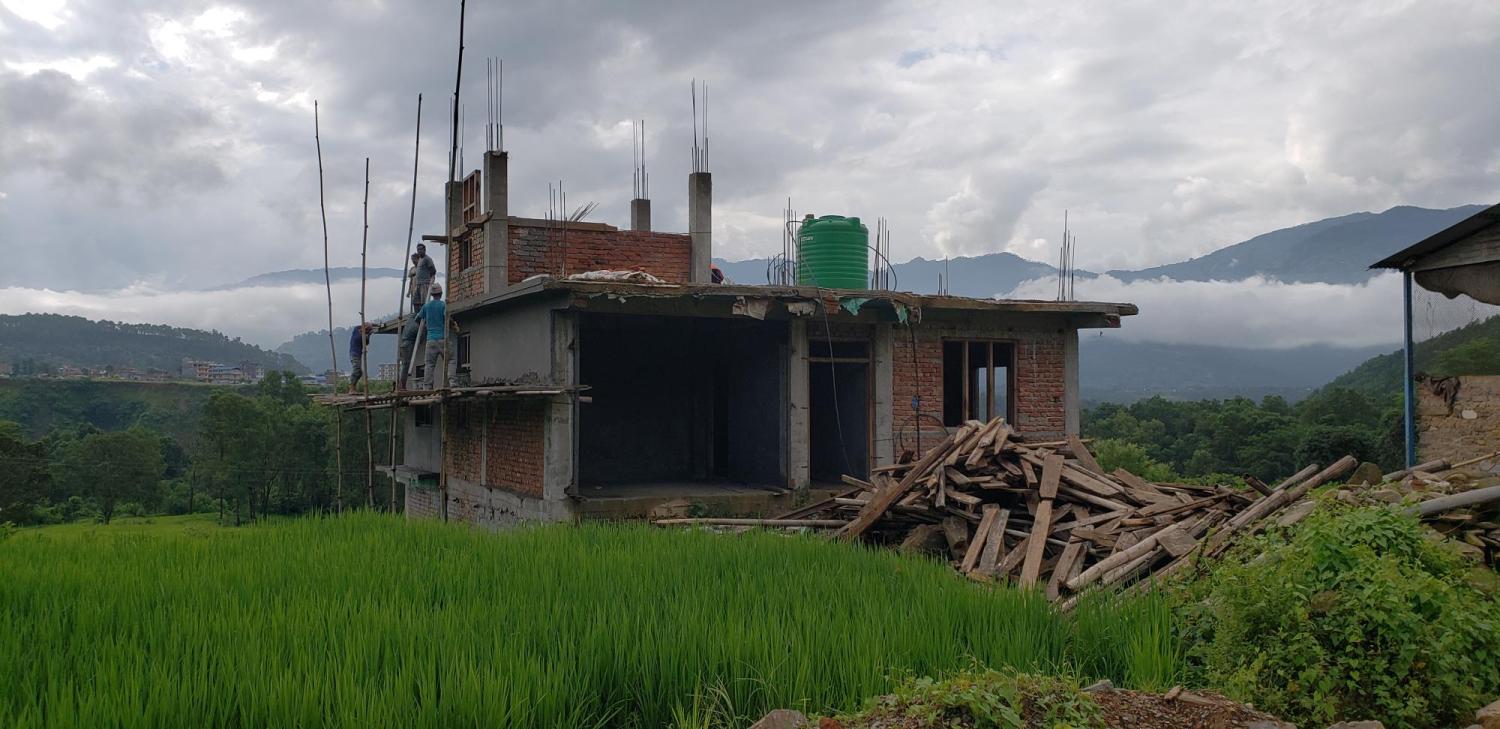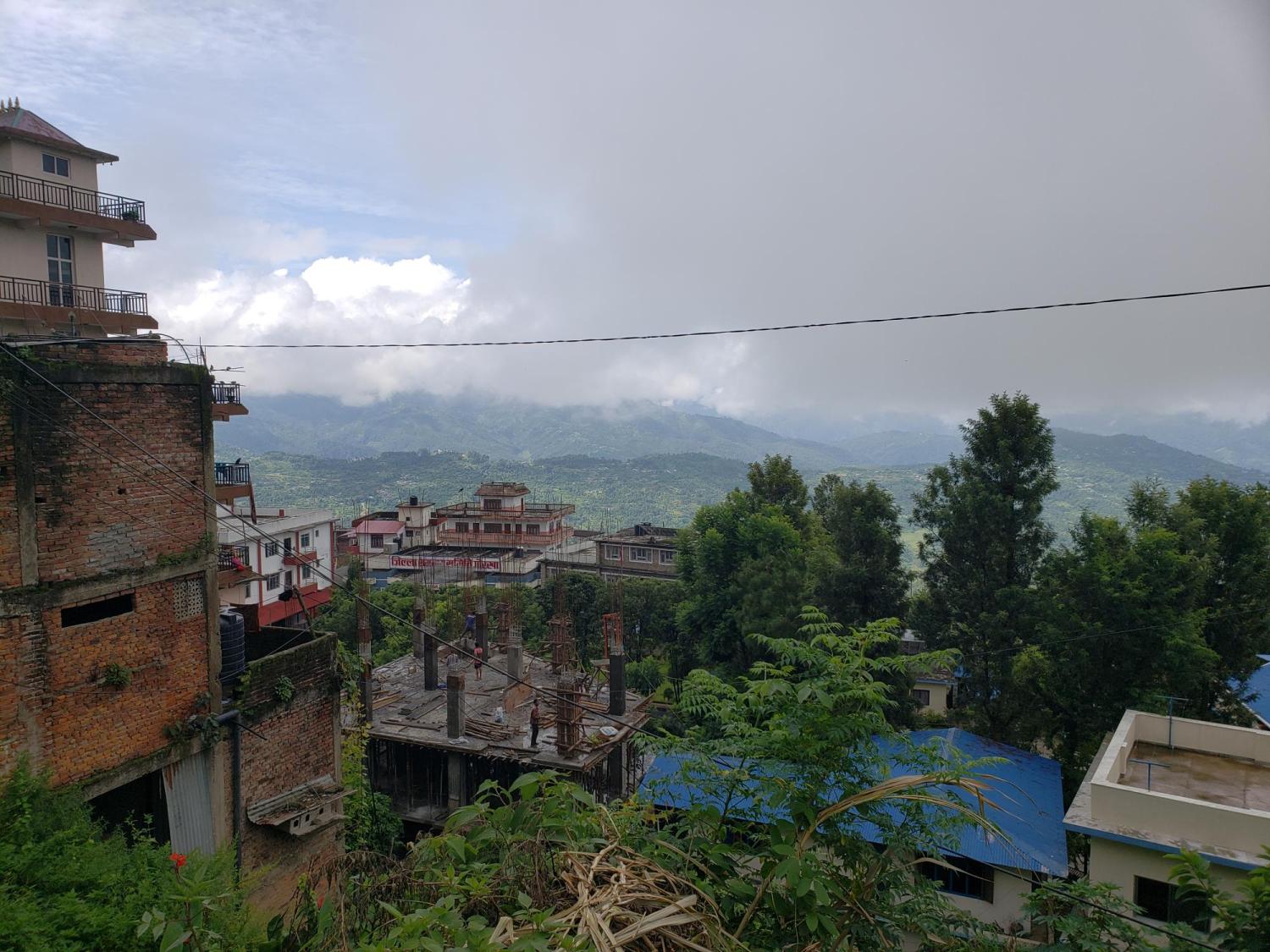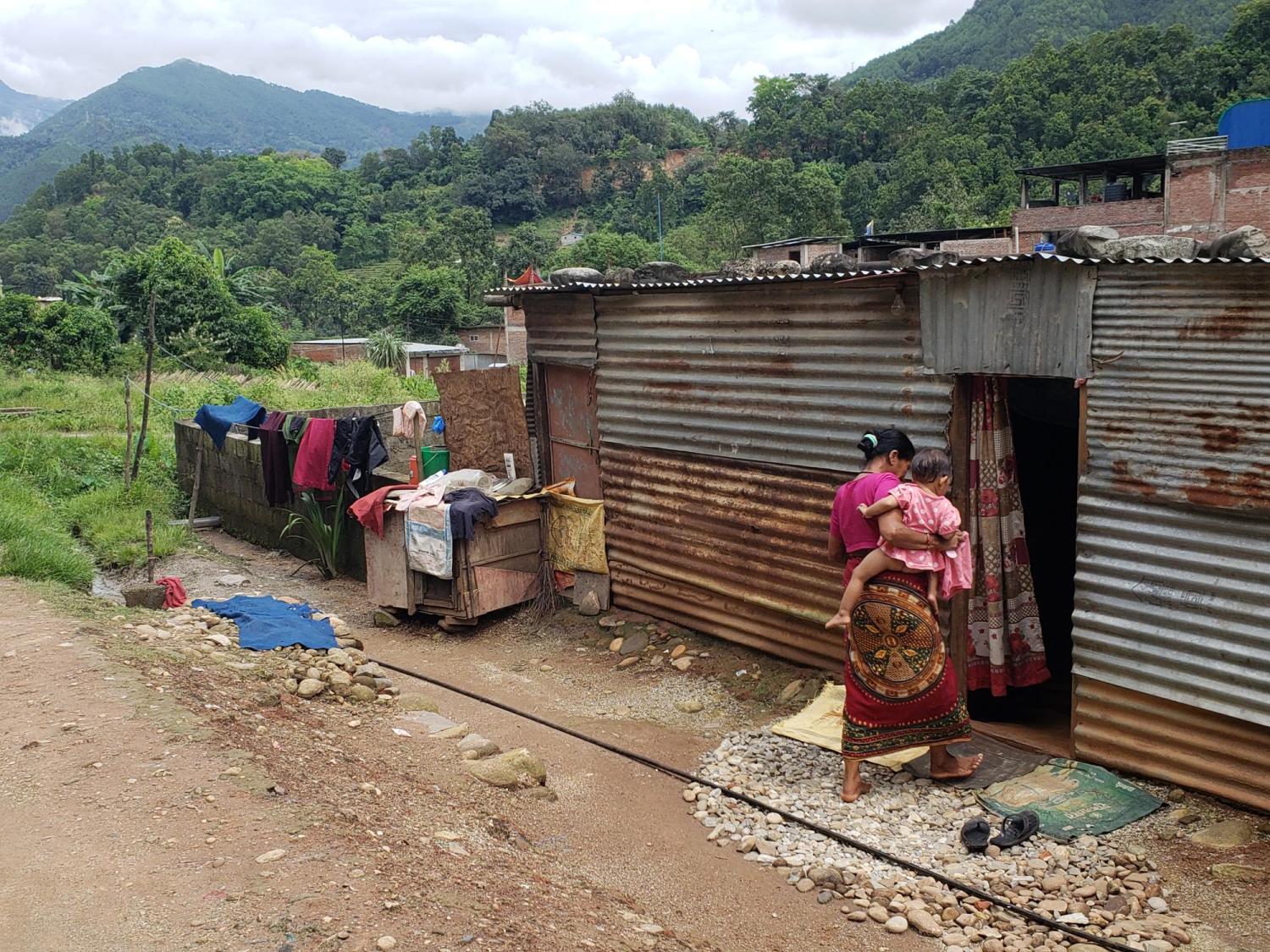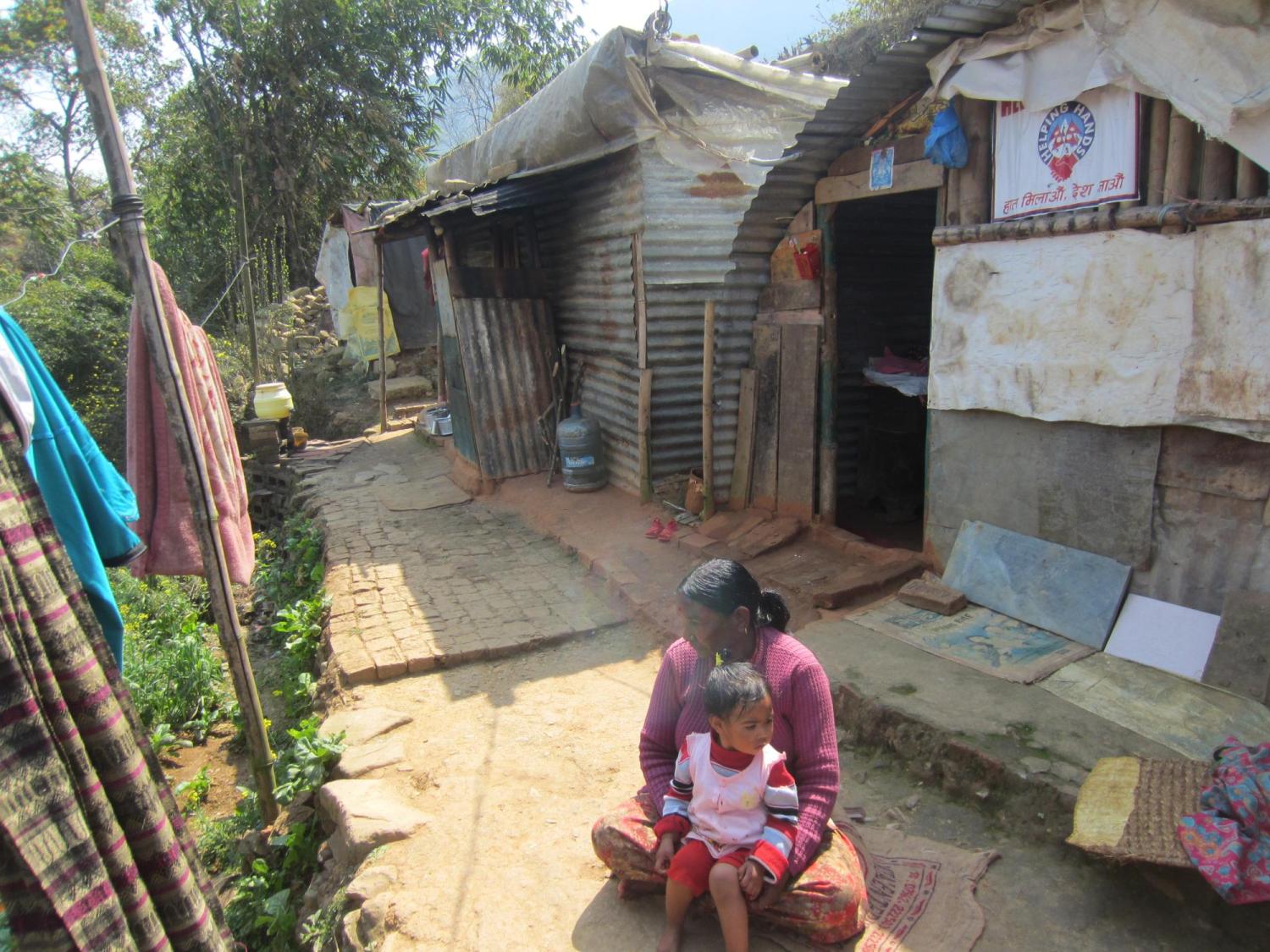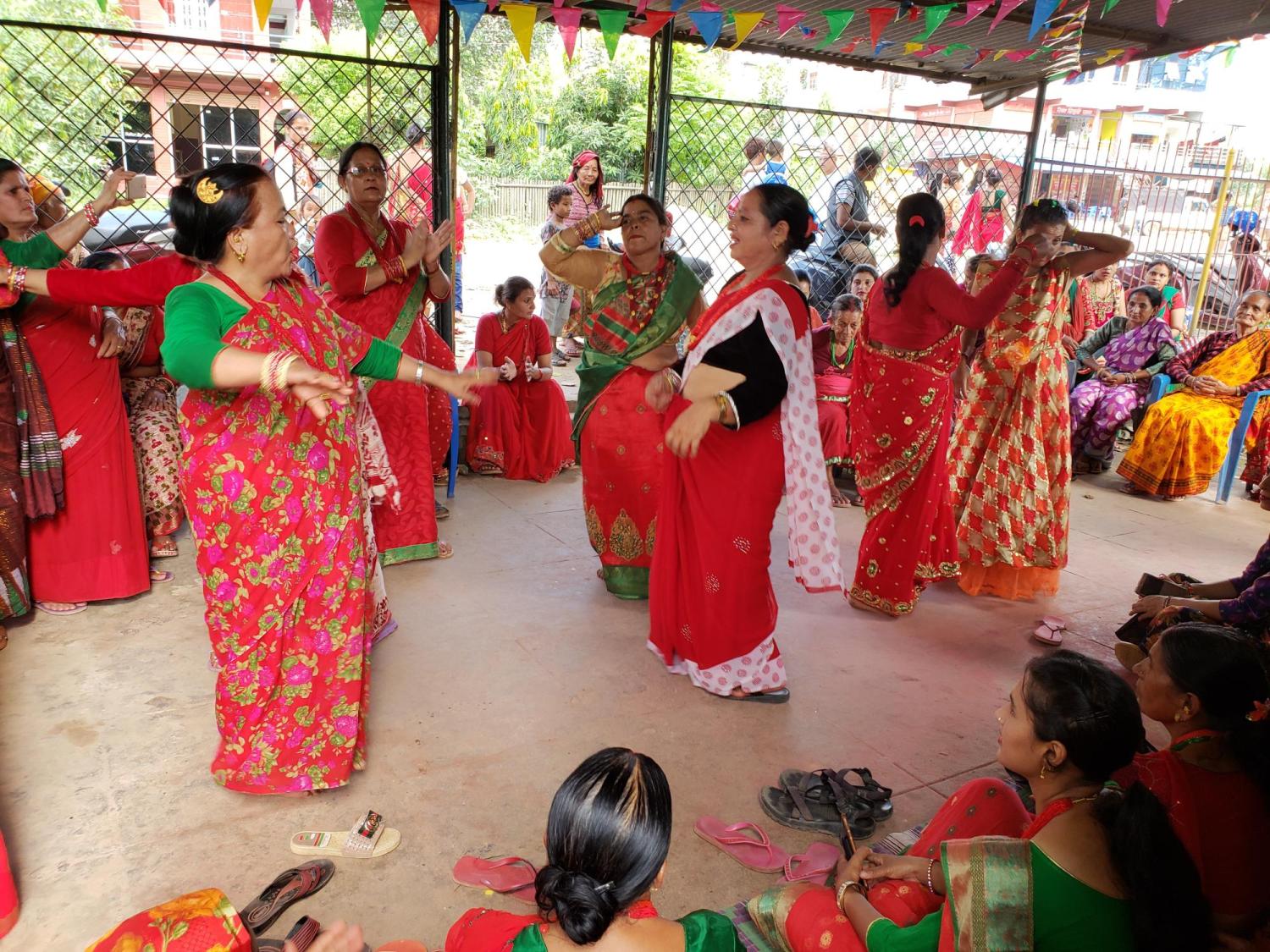CU Boulder PhD candidate Tracy Fehr’s research examines the intersecting identities limiting Nepali women’s access to disaster relief funds following the devastating 2015 earthquakes
The devastating 2015 earthquakes in Nepal affected nearly 30% of the country’s population, causing an estimated 9,000 deaths, displacing 2.8 million people and destroying or severely damaging more than 800,000 homes.
In the years following the disaster, entrenched cultural, political and economic inequalities and social practices meant post-disaster recovery did not happen uniformly among those affected. Nepal’s National Planning Commission even acknowledged in a 2015 report following the earthquakes that differentiated gender norms and divisions of labor for women in Nepal—including a narrow asset base, the burden of domestic labor, limited access to economic resources and a lack of alternative livelihoods—could lead to a longer and more difficult recovery.
For many widows, or single women, in Nepal’s mid-hill region, existing social stigmas were often exacerbated following the earthquakes.
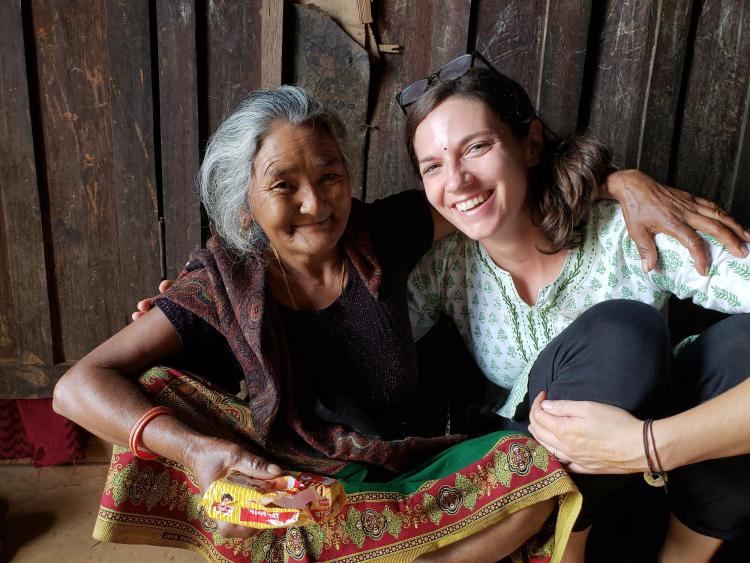
CU Boulder researcher Tracy Fehr (right) with a single woman who lives in Gorkha, Nepal.
However, newly published research by Tracy Fehr, a University of Colorado Boulder PhD candidate in sociology, shows that the complexities and contradictions of post-earthquake recovery for single women in Nepal is only part of the story. With more than 125 caste and indigenous nationality groups, Nepal is one of the most diverse countries on earth. And the widows’ experiences reflect that heterogeneity.
Despite housing reconstruction relief often being predicated on citizenship and property ownership, precluding many single women, the post-earthquake development context “provided an opportunity to create local women’s centers that provided space for single women to unite in a collective identity, facilitating a shift of longstanding stigma and an emerging renegotiation of what it means to ‘be a widow’ in Nepal,” Fehr wrote.
Observing inequality
Following the devastating earthquakes in spring 2015, Fehr volunteered with Women for Human Rights Nepal (WHR), an non-governmental organization (NGO) helping single Nepali women—including widows and women who are separated, divorced, are unmarried after the age of 35, or whose husbands are disappeared—gain socio-cultural, economic and political rights. The organization also provided post-disaster relief and support for single women across the country.
During her time in Nepal, Fehr observed how difficult it was for many single women to get relief funds. And she noticed that their access to resources often depended on the intersection of various aspects of their identities.
Motivated, in part, by what she learned and observed volunteering with WHR, Fehr returned to Nepal in 2018 as a graduate student and researcher to formally study how social factors intersect to inform Nepali widows’ post-earthquake experiences.
“I think there’s this monolithic story of widows in Nepal as victimized and non-agentic,” she says. But through 33 interviews and three focus groups, Fehr’s research told a different story—one that was more nuanced and more accurate. “In fact, each woman’s experience is dependent on so many different intersecting identities and social factors beyond marital status,” she explains.
Social factors influencing women’s experiences
In response to the earthquake’s widespread destruction, the government of Nepal created an “owner-driven” housing reconstruction (OHDR) program to offer financial assistance to those who had to rebuild their homes. Under the program, only Nepali people with citizenship and documentation of property ownership were eligible for assistance.
But while the law stipulates that widows have the right to their deceased husbands’ property, many women have found it difficult or impossible to take ownership of it—which cut off their access to the government assistance that they desperately needed. “There’s statutory law, which is what’s on the books, and then there’s customary law, which is what’s actually happening,” says Fehr.
Factors like education and location played major roles in women’s access to relief resources. “Education allowed women to understand more about what their rights were and how to access them,” Fehr says. Meanwhile, the farther women lived from the district center, the harder it was to access services. For example, government services and NGOs had difficulty reaching rural communities, which often lacked roads, says Fehr.
The hope is that with a more nuanced understanding of the impacts of legal and cultural forces on women’s lived experiences, government relief programs can become more effective and inclusive, now and into the future.”
At the same time, Fehr found that women’s experience in the public sphere—or lack thereof—also impacted their access to aid. Women who worked, whether as teachers, merchants, or manual laborers, were generally more comfortable navigating social spaces, a skill that helped them go through the appropriate channels to utilize relief funding.
Complicating matters further were women’s relationship with their in-laws, says Fehr. Because Nepali women typically live with their husband’s family, many widows were socially and financially dependent on their in-laws. Some experienced conflict with their in-laws in relinquishing the deceased husband’s property—especially if they were young enough to remarry. Meanwhile, many higher-caste families adhere to stricter gender norms, which in some cases made it more difficult, if not impossible, to assert their rights or challenge their in-laws for property, says Fehr.
Implications for children
While Nepali social norms have shifted significantly over the past two decades—women can now inherit property without the consent of involvement of a male relative, and they can document their citizenship without requiring permission from a male—there is still progress to be made, Fehr says. “One of the most pressing concerns at the moment for single women is the legal right for Nepali women to confer citizenship to their children, which is a legal right for men in Nepal.”
This issue came up in several interviews during her research, because citizenship will significantly affect access for single women’s children to future post-disaster relief and government services.
“Although legal changes are slow to be reflected in day-to-day life, having laws in place does provide some legal and political leverage for single women,” says Fehr. “The hope is that with a more nuanced understanding of the impacts of legal and cultural forces on women’s lived experiences, government relief programs can become more effective and inclusive, now and into the future.”
Top image and images below by Tracy Fehr

